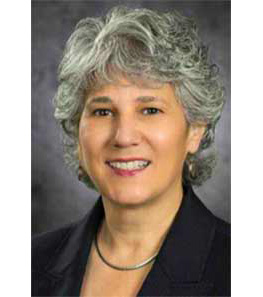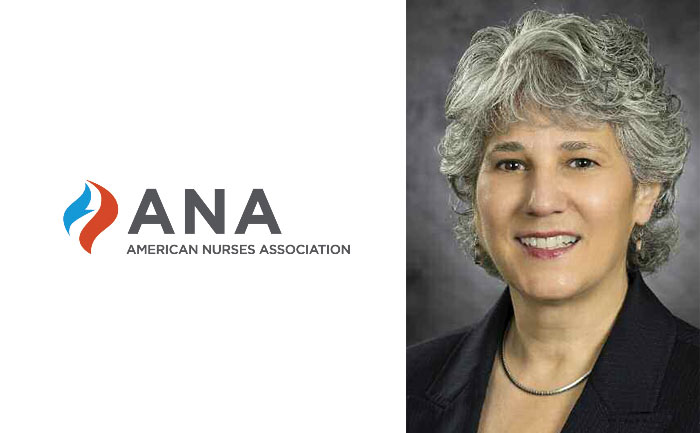Nurses are part of high-performing teams during disasters.
By Pamela F. Cipriano, PhD, RN, NEA-BC, FAAN
In the past few months, natural disasters and other tragic events have gripped the nation; hurricanes and flooding in Texas, Florida, the U.S. Virgin Islands, and Puerto Rico; raging fires in California, Montana, and Washington state; and the violent attacks in my hometown, Charlottesville, Virginia, were among them.


As these tragedies unfolded, we’ve seen desperation and destruction, injuries and deaths. Yet we’ve also seen the tireless commitment by our nurse colleagues and others on the frontlines as they provided care, safety, and shelter; engaged in acts of courage and kindness; and contributed their time, money, or both. Many of those nurses continued to provide excellent care and help with evacuations knowing that their own families and homes were at risk.
These recent actions by our colleagues are not unprecedented. Because of our training, professional culture, and backgrounds, nurses tend to be creative problem-solvers, figuring out how we—or the patients we’re about to send home—can make do with limited resources. It’s a trait that serves nurses well as they work through every catastrophic event and its aftermath. But in viewing ongoing media reports and in my conversations with nurse responders, I was most struck by this: The inherent ability of RNs and others to come together not only as teams, but as incredibly high-performing teams, in extremely difficult and highly charged situations.
The Institute of Medicine (IOM) and professional groups have long called for clinicians to work better together and in high-functioning teams to achieve safe, quality care. In day-to-day clinical practice, these goals may seem more aspirational than reality-based. Yet in the midst of these recent catastrophic events, high-performing teams were clearly present. The authors of a 2012 IOM discussion paper highlighted the characteristics of team-based health care, including shared goals, effective communication, and mutual trust. And again during disasters, these characteristics were exhibited in nurse-and-responder teams for all to see.
Texas Nurses Association member David Marshall, DNP, JD, RN, chief nursing and patient care services officer at the University of Texas Medical Branch in Galveston, spoke about the close teamwork among clinicians, hospitals, government agencies, and various emergency responders to successfully evacuate neonatal intensive care unit babies from Baptist Hospital in Beaumont to his facility during Hurricane Harvey. He reported that cultivating and maintaining relationships among those groups contributed to more efficient communication, stronger collaboration, and everyone’s commitment to taking care of patients throughout the crisis.
When I visited with RNs at the University of Virginia Medical Center who provided care to victims of the violent attacks in Charlottesville, the nurses related their experiences of a heightened level of teamwork within and across departments, in which the hierarchy was eliminated and everyone gave their best, supporting patients, families, and one another. They were also committed to sustaining a new norm reflecting the unparalleled teamwork that helped them thrive during several days of emotionally and physically demanding work.
True teamwork is powerful. In The Five Dysfunctions of a Team: A Leadership Fable, Patrick Lencioni wrote that September 11 emergency responders demonstrated that “groups of people working together can accomplish what no assembly of mere individuals could ever dream of doing.”
Over the next few months, debriefings will be conducted and systems analyzed to determine what went well during these recent disaster responses and what can be improved. Undoubtedly, the importance of ensuring high-performing teams during disasters and beyond will be central to those discussions.
Finally, I want to thank all the nurses who lived and worked and volunteered through these events. On behalf of ANA, our thoughts are with you.


Pamela F. Cipriano, PhD, RN, NEA-BC, FAAN
President, American Nurses Association
Follow Pamela Cipriano on Twitter: @ANAPresident.
Please consider donating to the American Nurses Foundation disaster relief fund for nurses.
ant who we are pamela


















